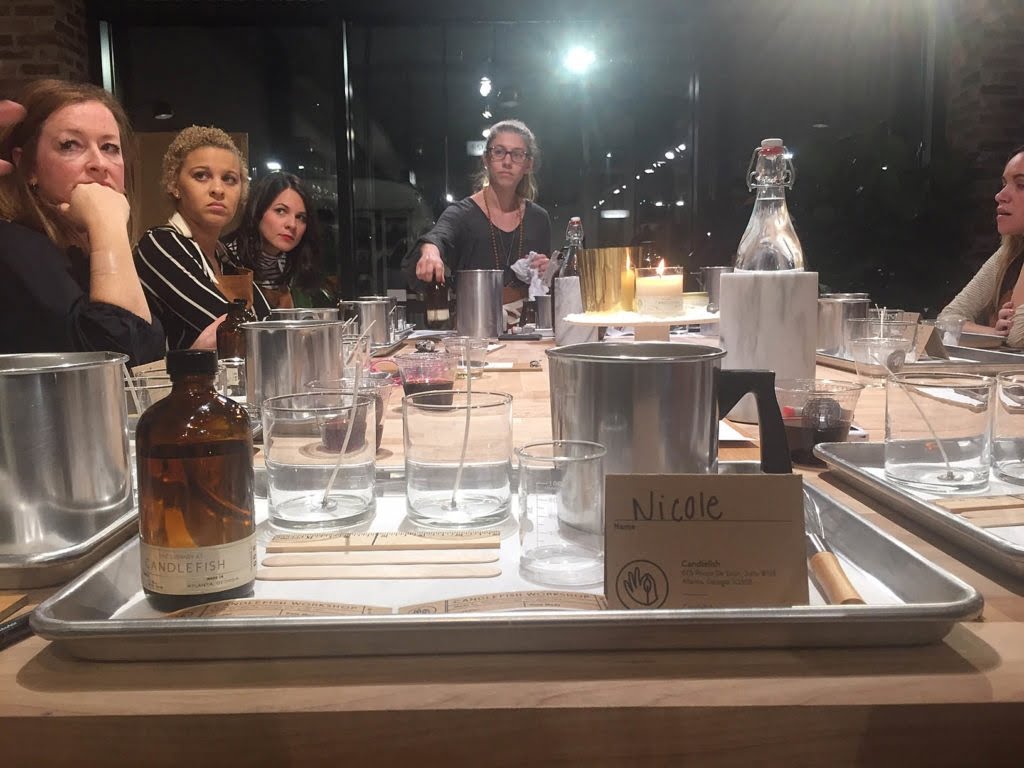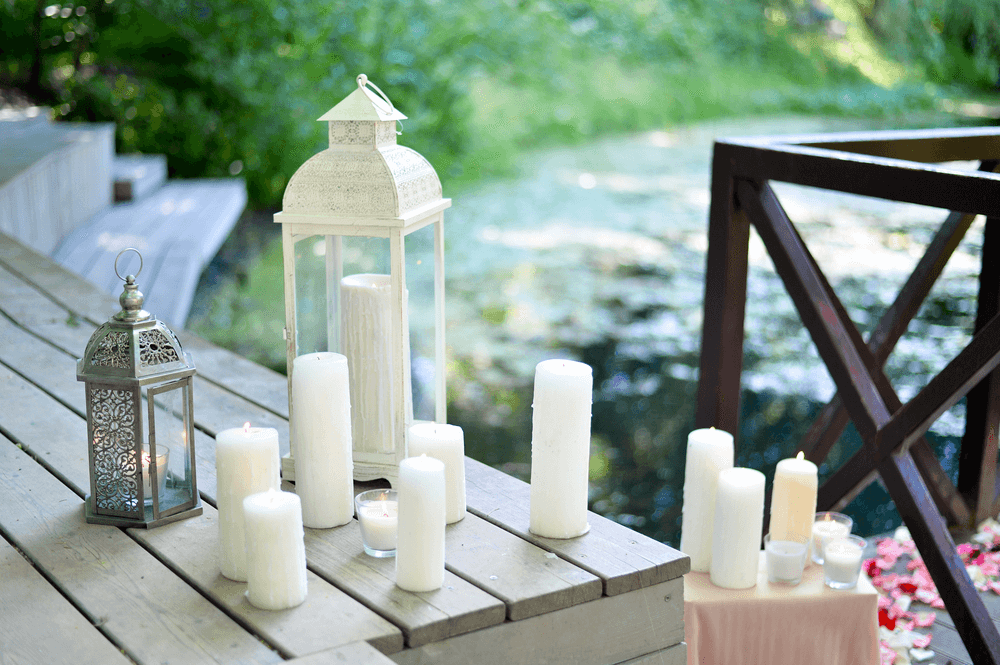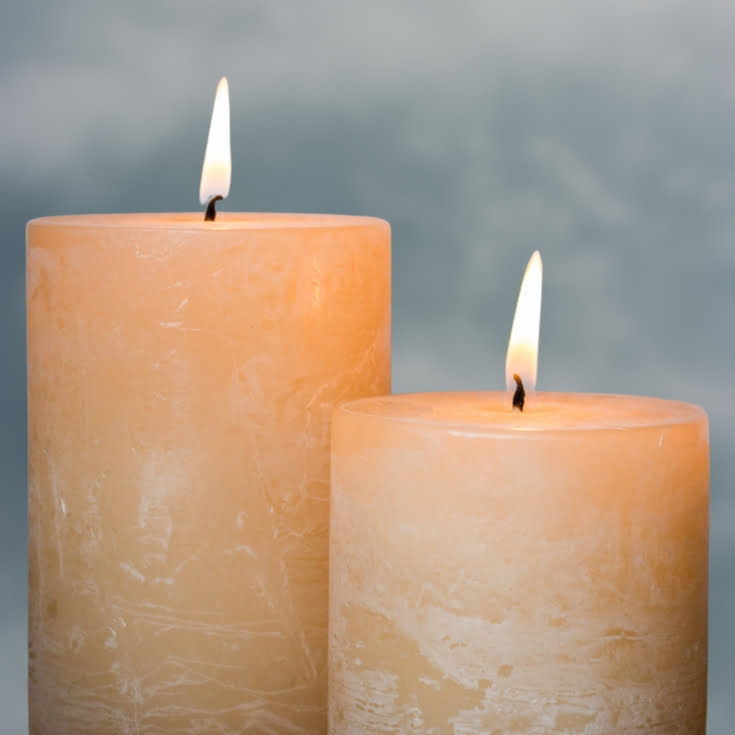Are you interested in creating your own unique candle holders? Whether you’re a seasoned crafter or looking to explore a new hobby, understanding the different parts for making candle holders is essential. From choosing the right base to adding decorative elements, there are endless possibilities for creating beautiful and functional candle holders.
When it comes to candle holder making, one of the most important aspects is selecting the right parts to bring your vision to life. The base, stem, embellishments, and materials all play a crucial role in the overall design and functionality of the finished product. In this article, we will delve into the art of candle holder making and explore the various components that come together to create stunning pieces.
Throughout this article, we will discuss the importance of a stable foundation when choosing the right base for your candle holder. We will also explore how adding decorative elements and using different materials can elevate your design.
Additionally, we’ll weigh the pros and cons of DIY versus pre-made parts, offer assembly tips and tricks for a professional finish as well as address safety considerations for sturdy and fire-resistant parts. Let’s embark on this creative journey and discover the intricate world of crafting candle holders.
Choosing the Right Base
When it comes to making candle holders, choosing the right base is crucial to ensure the stability and safety of the finished product. The base serves as the foundation for the entire candle holder, supporting the weight of the candle and providing balance. Without a stable base, the candle holder may be at risk of tipping over, causing potential safety hazards.
To choose the right base for your candle holder, consider the following factors:
- Size and weight of the candle: The base should be wide and sturdy enough to support the size and weight of the candle it will hold. A larger, heavier candle will require a wider and more robust base for support.
- Material: The material of the base can also impact its stability. Heavy materials like metal or stone are ideal for larger, heavier candles, while lighter materials like wood or plastic can work well for smaller candles.
- Design aesthetic: Consider how the base will complement the overall design of your candle holder. Whether you prefer a sleek modern look or a more rustic vibe, there are bases available to suit any style.
In addition to providing stability, the right base can also enhance the visual appeal of your candle holder. A decorative or embellished base can add flair to your design, elevating it from functional to decorative art piece. Some options include:
- Carved wooden bases
- Ornate metal stands
- Glass pedestals
Ultimately, choosing the right base for your candle holder involves finding a balance between practicality and aesthetics. By understanding the importance of a stable foundation and considering factors such as size, material, and design aesthetic, you can ensure that your candle holder is not only visually appealing but also safe and secure.
Embellishments and Decorative Elements
When it comes to making candle holders, adding embellishments and decorative elements can take your creation to the next level. Whether you are looking to create a simple, minimalist design or a more ornate and intricate piece, the right embellishments can truly add flair and personality to your candle holder. Here are some ideas for adding decorative elements to your candle holder:
- Beads and Crystals: Adding beads or crystals to your candle holder can create a beautiful shimmering effect when the candle is lit. You can use adhesive to attach them to the base or stem of the candle holder for a touch of elegance.
- Ribbon and Lace: Wrapping ribbon or lace around the base of a candle holder can add a soft and romantic feel. This is a great option for wedding or special event decor.
- Paint and Stencils: Get creative with paint and stencils to add unique designs or patterns to your candle holder. This is a great way to personalize your creation and make it one-of-a-kind.
In addition to these ideas, consider incorporating other elements such as shells, feathers, or even small figurines that reflect your personal style and interests. Keep in mind that while adding embellishments can enhance the overall look of your candle holder, it’s important not to overcrowd it with too many elements.
Remember that safety should always be a priority when choosing decorative elements for your candle holder. Ensure that any materials used are fire-resistant and will not pose a hazard when the candle is burning. By carefully selecting and thoughtfully incorporating embellishments, you can create a stunning and unique piece that adds warmth and charm to any space.
Lastly, consider experimenting with different combinations of materials such as glass beads, metal charms, or fabric flowers until you find the perfect decorative elements that complement your style. With creativity and attention to detail, you can create a beautiful custom-made candle holder that perfectly suits your taste and decor preferences.
The Role of the Stem
When it comes to creating a visually striking and elegant candle holder, the role of the stem cannot be overstated. The stem is what gives a candle holder its height and presence, adding an air of sophistication to any setting. Whether you are making a simple and classic candle holder or a more intricate and ornate design, the stem plays a crucial role in the overall aesthetic of the piece.
Choosing the Right Stem
Selecting the right stem for your candle holder project is essential to achieving the desired look and feel. Consider the overall style of your candle holder – do you want something sleek and modern, or perhaps ornate and vintage-inspired?
The stem should complement the design of your candle holder, whether it’s made from metal, wood, glass, or any other material. Additionally, consider the height you want to achieve with your candle holder – taller stems can create a more dramatic look, while shorter stems offer a more understated elegance.
Embellishing the Stem
Once you have chosen the main stem for your candle holder, consider how you can embellish it to add even more visual interest. You may choose to add decorative elements such as beads, crystals, or metal accents to elevate the overall design.
These small details can make a big impact on the final look of your candle holder. Keep in mind that when adding embellishments to the stem, be mindful of balance and proportion – too much ornamentation can overpower the design.
Creating Stability
While creating height and elegance with the stem is important, ensuring stability is equally crucial. A sturdy base connected to a well-secured stem is essential for safety as well as aesthetics. When choosing or crafting a stem for your candle holder, prioritize materials and construction methods that provide adequate support for holding candles safely without risk of toppling over or wobbling excessively. Safety should always be at the forefront when designing and creating candle holders with beautiful stems.
Utilizing Different Materials
When it comes to making your own candle holders, one of the most exciting aspects is the ability to utilize a wide range of materials. From traditional metal and glass to more unconventional options like wood or ceramics, the possibilities are endless. Each material offers its own unique characteristics and can set the tone for the style and ambiance of your candle holder.
One popular material choice for candle holder parts is metal. Whether it’s sleek and modern stainless steel, rustic wrought iron, or elegant brass, metal parts can add a sophisticated touch to your candle holder design. They are also durable and fire-resistant, making them a practical choice for holding candles.
Another versatile material for making candle holders is glass. Glass parts can create a timeless and elegant look, allowing the glow of the candle to shine through beautifully. Additionally, glass parts come in a variety of shapes, colors, and textures, giving you endless options for customization.
In addition to metal and glass, wood is another popular choice for creating unique candle holders. Whether using natural unfinished wood for a rustic feel or polished hardwoods for a more refined look, wood lends warmth and character to any design. It’s important to remember when using wood parts that they should be treated with fire-resistant coatings to ensure safety.
| Material | Main Characteristics |
|---|---|
| Metal | Durable, fire-resistant, versatile in style |
| Glass | Elegant, allows light to shine through, customizable |
| Wood | Warmth and character in design; need fire-resistant treatment |
DIY vs Pre-Made Parts
There are various options when it comes to obtaining parts for making candle holders, one of which is choosing between do-it-yourself (DIY) and pre-made parts. Both options have their own set of pros and cons, and it’s essential to weigh these factors before making a decision.
Pros of DIY Parts
One of the main advantages of creating your own candle holder parts is the ability to customize them according to your preferences. DIY enthusiasts can choose specific materials, shapes, and sizes to suit their design vision. Additionally, creating your own parts can be a cost-effective option, as you can often find more affordable materials and tools at craft stores or online marketplaces.
Cons of DIY Parts
On the other hand, sourcing and crafting your own candle holder parts can be time-consuming and labor-intensive. It may also require a certain level of skill and expertise in handling tools and materials. For beginners or those with limited time, opting for pre-made parts might be a more appealing choice.
Pros of Pre-Made Parts
Pre-made parts offer convenience and time savings as they eliminate the need for sourcing raw materials and fabrication. These parts are often ready for assembly right out of the package, saving DIY enthusiasts valuable time. Additionally, pre-made parts are typically manufactured with precision and consistency, ensuring uniformity in design and quality across multiple pieces.
Overall, whether you choose DIY or pre-made parts for making candle holders depends on your skill level, available time, budget, and desired level of customization. Both options have their benefits, so consider these factors carefully before embarking on your candle holder crafting journey.
Assembly Tips and Tricks
Assembling the parts for making candle holders can be an enjoyable and creative process, but it’s important to ensure a professional finish. One tip for achieving this is to carefully measure and plan the placement of each part before assembling. This will help to ensure that the finished product is symmetrical and visually appealing. Additionally, using quality adhesive or welding techniques can help to create a strong and durable bond between the different parts of the candle holder.
Another important aspect of ensuring a professional finish is to pay attention to detail when assembling the parts. This includes making sure that all parts are aligned properly and securely attached. Taking your time during the assembly process can make a significant difference in the overall quality of the finished candle holder.
Furthermore, it’s important to consider the finishing touches when assembling candle holder parts. This may include polishing metal parts for a shiny finish, applying a protective coating to wood or metal components, or adding decorative elements such as beads or crystals. These final touches can elevate the overall appearance of the candle holder and contribute to a professional-looking finished product.
| Assembling Tips | Details |
|---|---|
| Careful planning | Measure and plan before assembling for symmetry |
| Quality bonding techniques | Use strong adhesive or welding for durability |
| Attention to detail | Ensure all parts are aligned properly and securely attached |
| Finishing touches | Polish metal parts, apply protective coatings, add decorative elements |
Safety Considerations
In conclusion, the art of making candle holders involves a careful selection and understanding of the different parts that come together to create a beautiful and functional piece. From choosing the right base for stability to adding embellishments and decorative elements, each part plays a crucial role in the overall design and functionality of the candle holder. The stem also provides height and elegance, while the use of different materials allows for versatility in design.
Whether opting for DIY or pre-made parts, it is important to weigh the pros and cons based on individual skills, time, and budget. While some may find joy in crafting their own parts for making candle holders, others may prefer the convenience of pre-made options. Regardless of the choice, assembly tips and tricks are essential to ensure a professional finish. Proper assembly not only enhances the aesthetic appeal but also ensures durability.
Lastly, safety considerations cannot be emphasized enough when it comes to candle holder making. Using sturdy and fire-resistant parts is crucial in preventing hazards such as tipping over or catching fire.
With proper consideration given to these factors, one can enjoy creating unique and personalized candle holders that not only add beauty to a space but also provide a safe way to display candles. Whether utilizing traditional materials or experimenting with unconventional elements, understanding the importance of each part is key to successful candle holder making.
Frequently Asked Questions
What Are the Parts of a Candle Holder?
A candle holder typically consists of a base, which provides stability, and a platform or spike to hold the candle in place. Some may also have decorative elements like arms or embellishments.
What Materials Are Used to Make Candle Holders?
Candle holders can be made from a variety of materials, including glass, metal (such as brass, steel, or iron), wood, ceramic, and even plastic. Each material offers different aesthetic and functional qualities.
What Are the Parts of a Candlestick Called?
The parts of a candlestick are often referred to as the base, stem (or column), nozzle (where the candle is placed), and sometimes a drip pan to catch any wax drips. These parts can vary depending on the specific style of the candlestick.

Welcome to my candle making blog! In this blog, I will be sharing my tips and tricks for making candles. I will also be sharing some of my favorite recipes.





